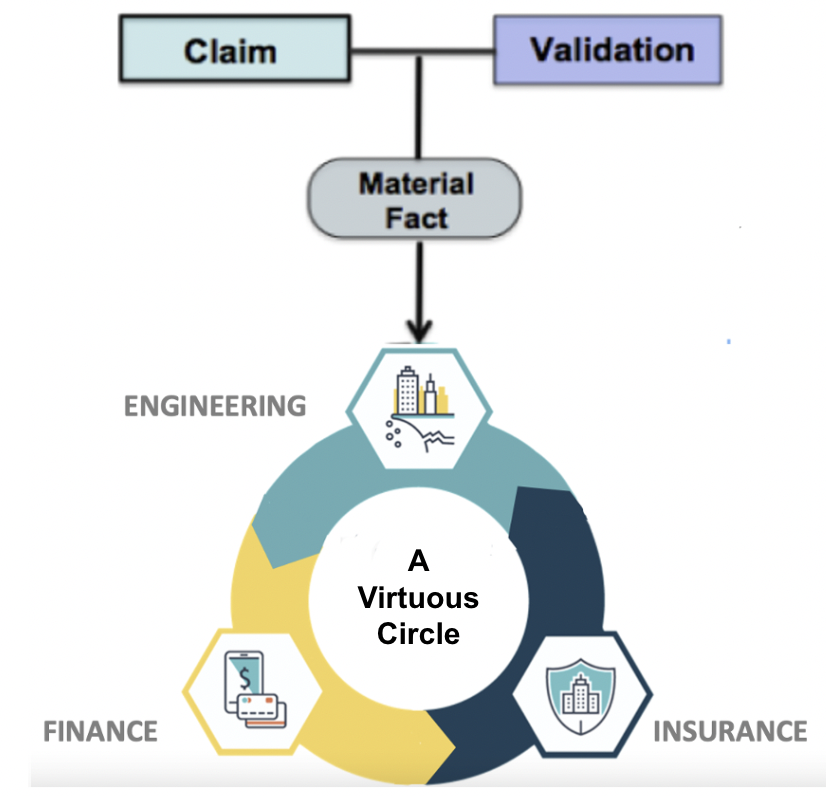The Ingenesist Project: Making Money
Nobel Economist Robert Solow calculated that 80% of economic growth is the result of advances in technology. This Makes sense. Technology makes us more productive.
However, GDP measures the products, not the producers. Engineers, Scientists, and Technologists are responsible for ideation, design, and implementation of new and improved technology.
Unfortunately, Engineers, Scientists and Technologists are classified as “intangibles” Intangibles are, in turn, classified as expenses to be minimized, not investment to be maximized.
Here’s the good news… 80% of the true global economy is simply hidden from view. Trillions upon trillions of dollars are sitting on the table waiting to be measured into existence. Can you see it?
The Ingenesist Project uses game theory, blockchain, and Artificial Intelligence to convert Intangible Assets into a tangible form.
Join The Ingenesist Project
Analysis
The purpose of this video is to synthesize the simplest interpretation of value and test that against prevailing economic principals. Engineers, scientists and technologists are treated as EXPENSES, let that sink in. If they are not assets, then they are LIABILITIES… full stop. This is a clear, present and vastly consequential flaw that must be addressed by someone somewhere.
Otherwise, if there is no institution willing or able to defend this flawed economic principal, then it is super-vulnerable to disruption. We need to maximize innovation, not minimize innovation. There needs to be a wholistic and systemic approach to solving problems in the world. We must head off global systemic risks. As clever and experienced as the VC community is, they cannot be expected to pick and choose winners and losers in the next economic paradigm.
There is far more ‘money to be made’ by shifting engineers, scientists, and technologists to the ASSET column of the global balance sheet.

